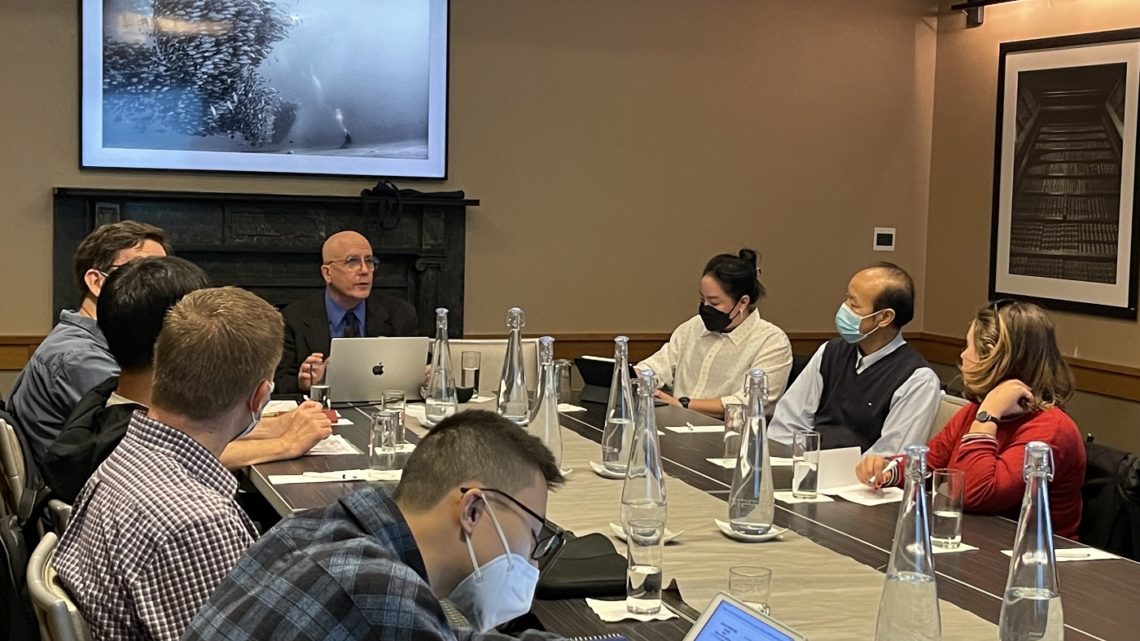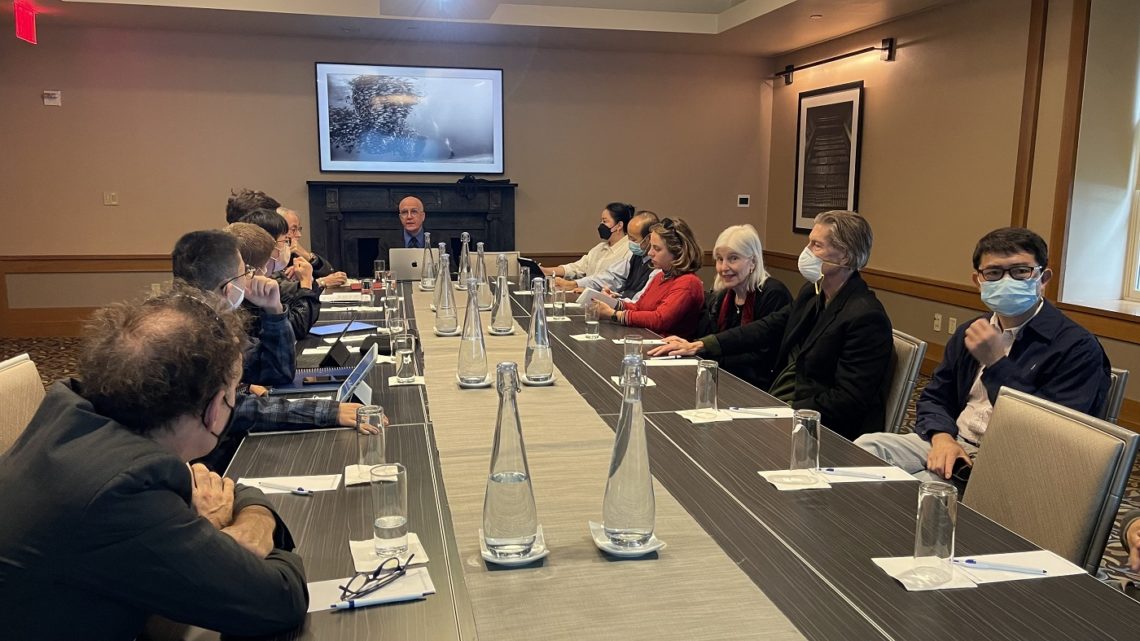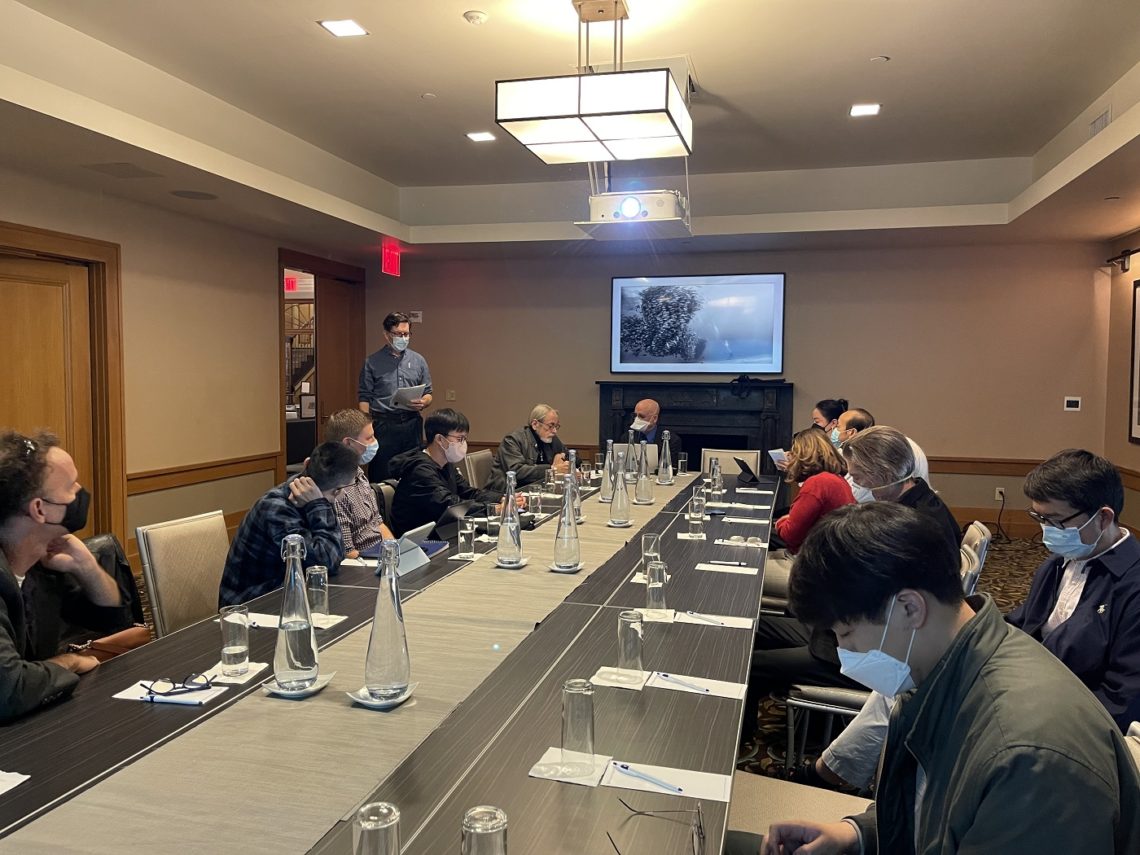September 30, 2022
Early China Seminar Lecture Series
Title: “Jerry Norman’s Ideas on the Reconstruction of Chinese”
Speaker: David Branner, Independent Scholar
Time: September 30, 2022 (4:30-6:30 PM EST)
Venue: Faculty House
*Please check the announcement board in the first floor lobby for room information.
**Please see Seminar Safety Guidelines for attendance information.
Linguistic reconstruction holds a curious place in sinology and early Chinese studies. On one hand, it is hard to imagine replacing it, for use with ancient texts or in expressing etymological relationships. On the other, what goes into making reconstructions is little understood by the larger field. The matter is so arcane that, truth to tell, most students of sinology and early Chinese studies lack the enthusiasm to inquire closely into the issues. Many, it seems to me, are content to use reconstruction as a sort of “Pīnyīn” for application to historical texts. From the point of view of the history of ideas, though, there is good reason to look more closely.
In East Asia, linguistic reconstruction of Chinese is generally the purview of students of Chinese literature, as a matter of implementation and praxis, while in the West it is a specialized and immensely technical field. Curious, is it not?
It is also curious that the principal applications and sources for Chinese linguistic reconstruction are rather different from reconstruction in most other modern language families: normally comparative method (using evidence from attested languages) is the foundation, but in the case of Chinese, philological evidence has primacy, supplemented by long-range comparison. That is, the reconstruction of early Chinese is generally treated as though it is important than the primary comparative evidence of modern languages.
The late Jerry Norman had an unusual outlook on these issues. His reconstruction is first one based entirely on the evidence of living forms of Chinese, rather than philological sources. This paper describes and justifies the premises he held about reconstruction of Chinese, and illustrates it in application to premodern literature.



